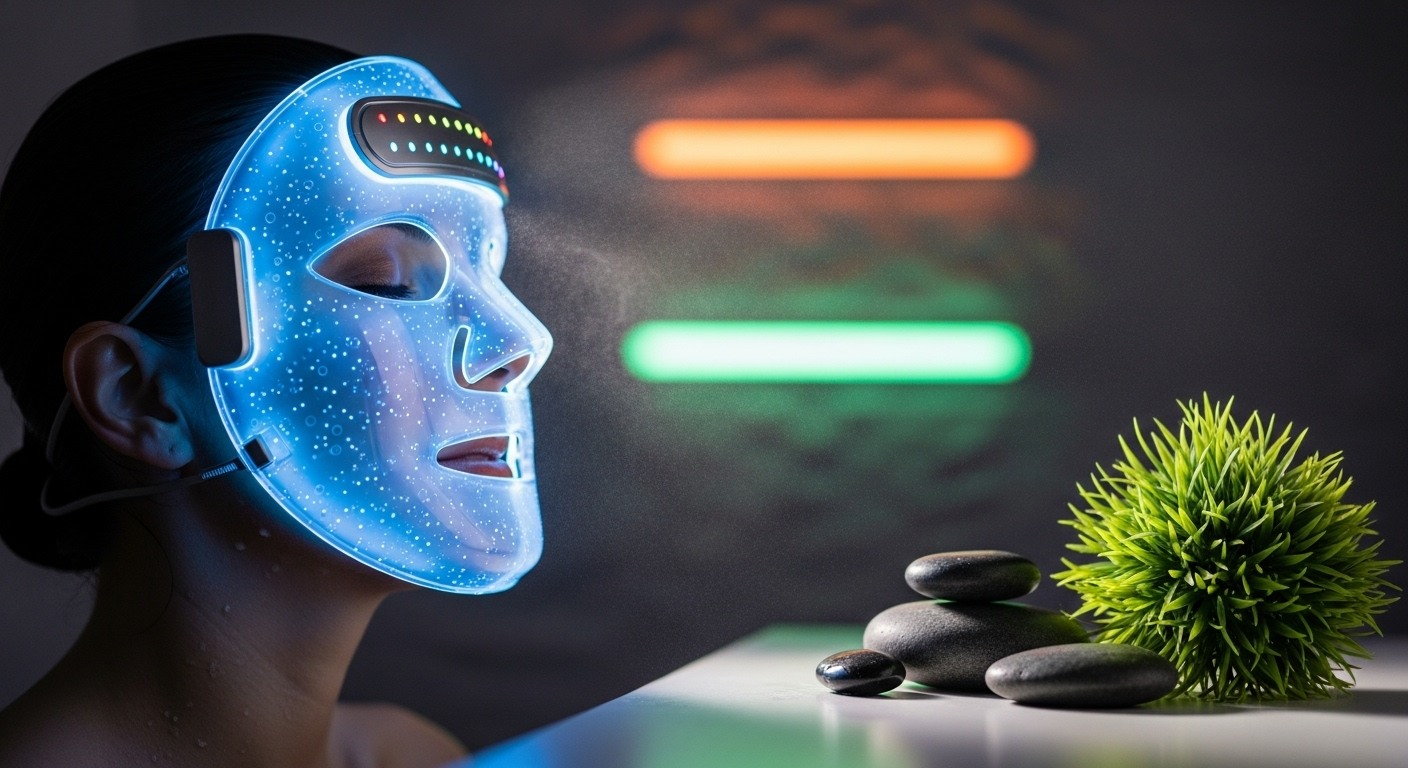Chromotherapy: The Science of Color in Wellness
In the ever-evolving landscape of beauty and wellness, a vibrant trend is emerging that harnesses the power of the visible spectrum. Chromotherapy, also known as color therapy, is gaining traction as a holistic approach to health and beauty. This ancient practice, rooted in various cultures worldwide, is experiencing a modern renaissance as scientists and wellness practitioners explore its potential benefits. From spa treatments to home decor, the strategic use of color is being embraced for its purported ability to influence mood, energy levels, and even physical well-being. As we delve into the world of chromotherapy, we'll explore its historical foundations, current applications, and the scientific research that's shedding new light on this colorful wellness technique.

The Spectrum of Wellness: Color Psychology in Practice
Today, chromotherapy has found its way into various aspects of the wellness industry. Spas and wellness centers are incorporating color-based treatments, using colored lights or fabrics to create immersive experiences. These sessions aim to promote relaxation, reduce stress, and address specific health concerns. For instance, blue light is often used for its calming properties, while red light is believed to stimulate and energize. Beyond dedicated treatments, the principles of chromotherapy are influencing interior design in wellness spaces, with color-conscious environments designed to enhance the overall therapeutic experience.
The Science Behind the Hues: Research and Mechanisms
While skeptics may dismiss chromotherapy as pseudoscience, a growing body of research is exploring the physiological impacts of color exposure. Studies have shown that different wavelengths of light can affect the production of hormones such as melatonin and cortisol, influencing sleep patterns and stress responses. Researchers are also investigating the potential of specific light therapies for treating conditions like seasonal affective disorder and certain skin issues. The mechanisms behind these effects are complex, involving the interaction of light with photoreceptors in the skin and eyes, which can trigger various biochemical reactions in the body.
Beyond the Spa: Integrating Chromotherapy into Daily Life
The principles of chromotherapy are expanding beyond clinical settings and into everyday wellness routines. Home decor enthusiasts are embracing color psychology, choosing palettes that promote desired moods and energy levels in different spaces. The beauty industry is also tapping into the trend, with color-based skincare products and makeup lines designed to harmonize with the body’s natural rhythms. Wearable technology is joining the chromotherapy movement, with devices that deliver targeted light therapy throughout the day. These innovations are making it easier for individuals to incorporate the potential benefits of color into their daily lives.
The Future Palette: Emerging Trends and Research Directions
As interest in chromotherapy grows, so does the scope of its applications and the depth of scientific inquiry. Researchers are exploring the potential of color therapy in fields ranging from pain management to cognitive enhancement. The intersection of chromotherapy with other wellness practices, such as meditation and yoga, is creating new hybrid therapies that promise holistic benefits. In the beauty industry, personalized color analysis is becoming more sophisticated, with technologies that can recommend optimal hues based on an individual’s skin tone, circadian rhythms, and wellness goals. As our understanding of the complex relationship between light, color, and human biology deepens, chromotherapy is poised to play an increasingly significant role in the future of wellness and beauty.





